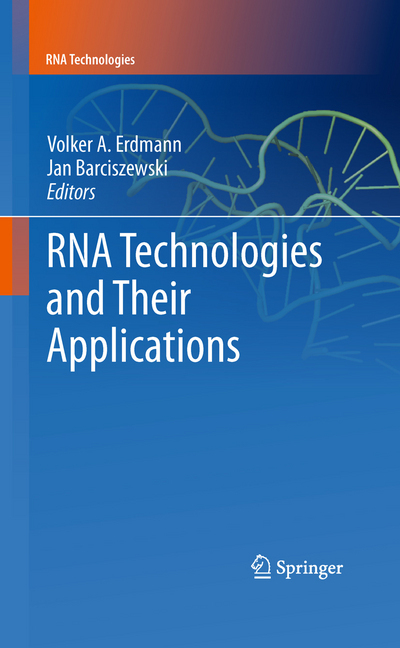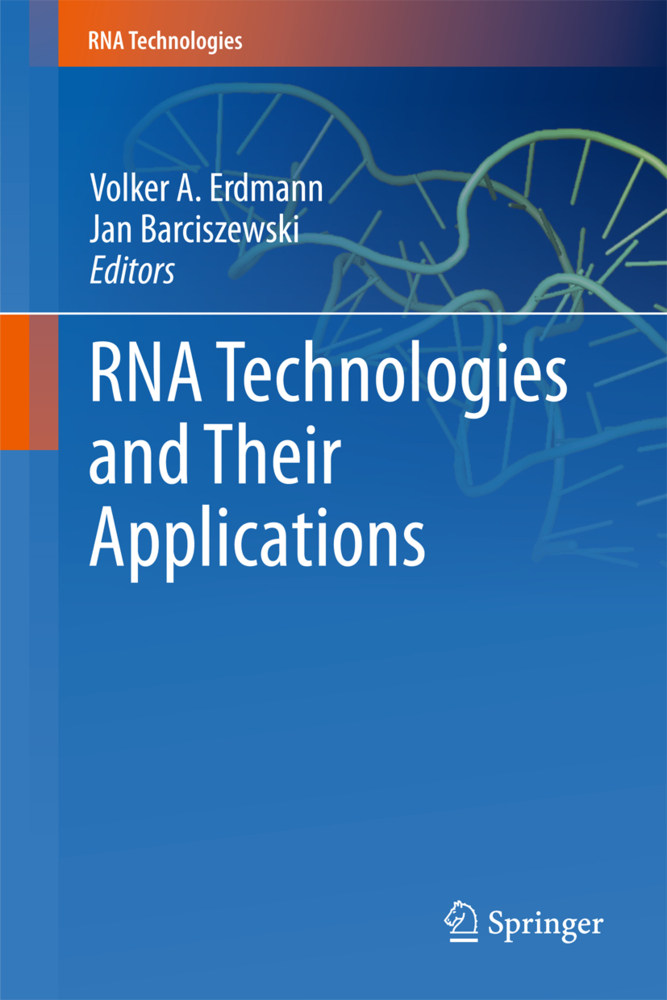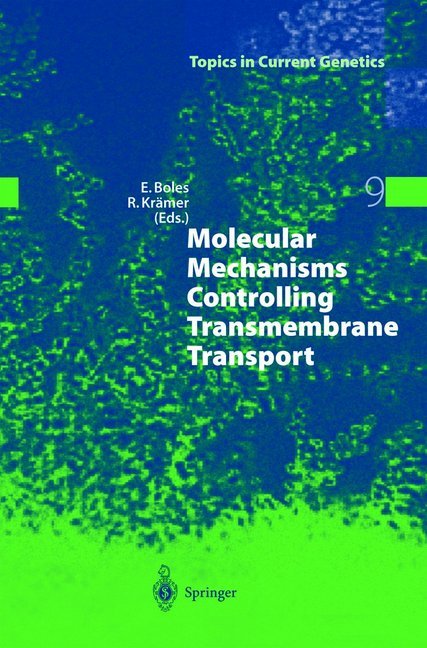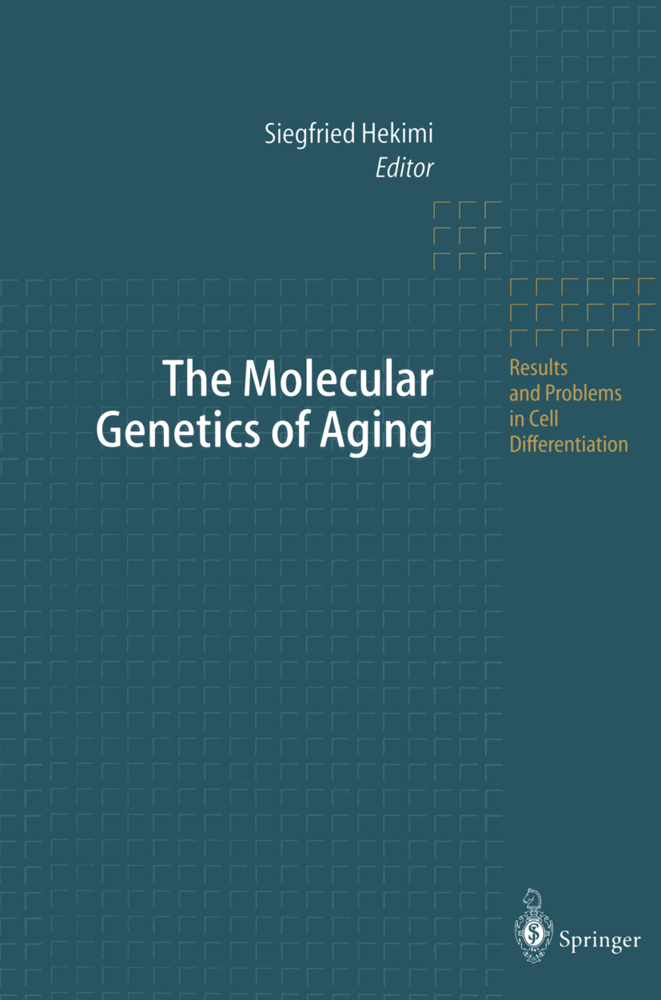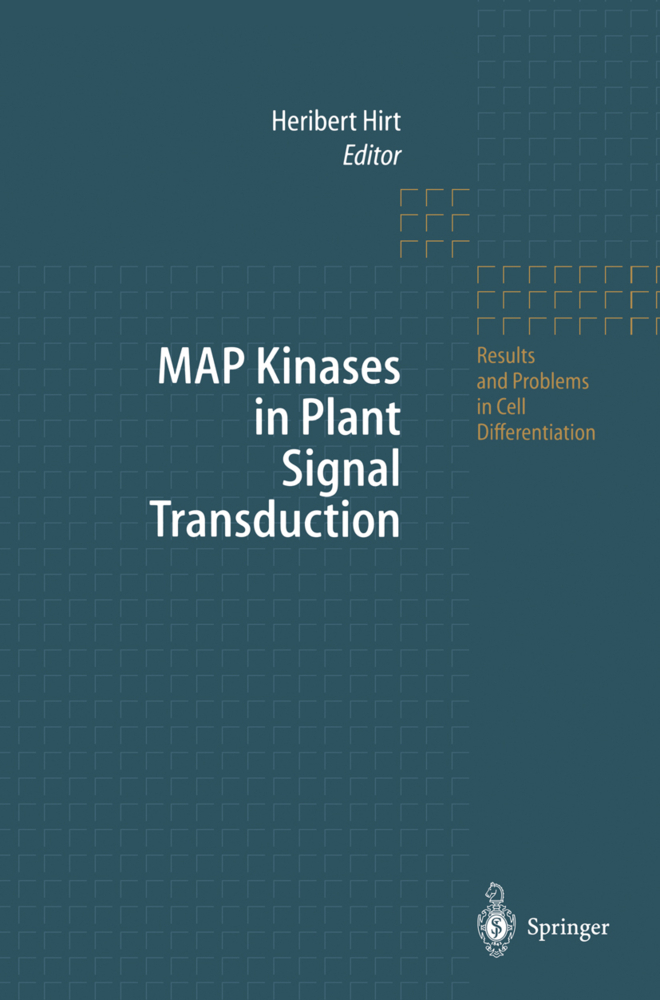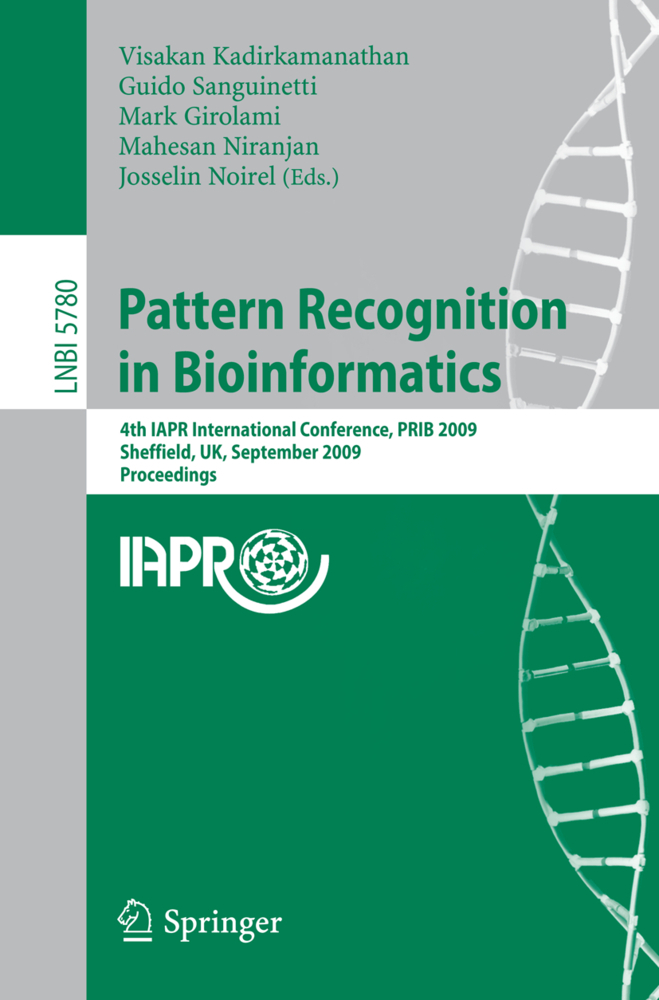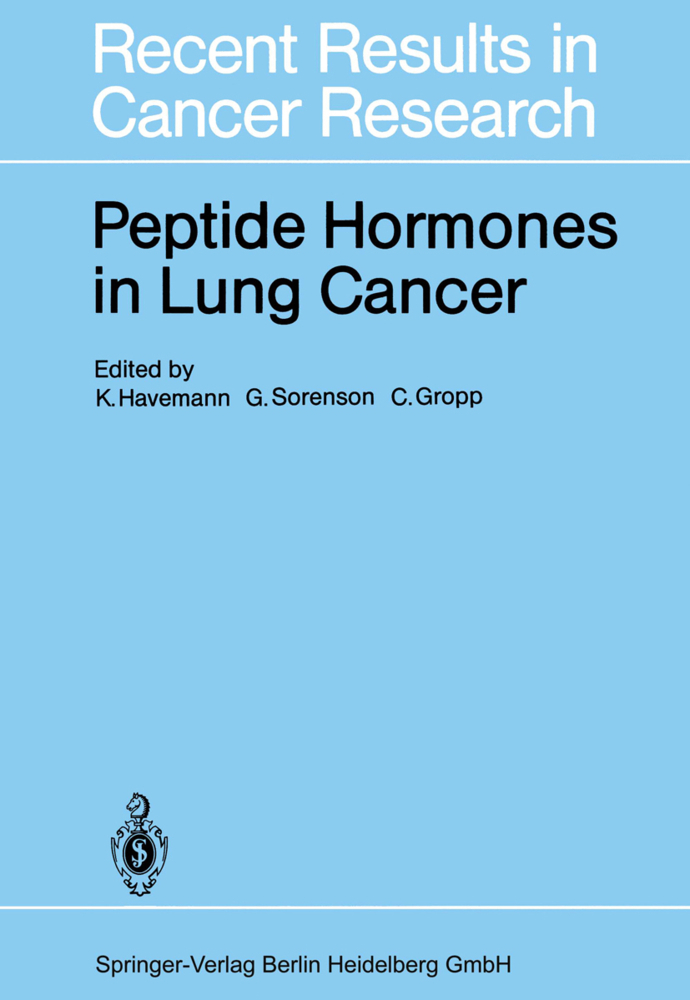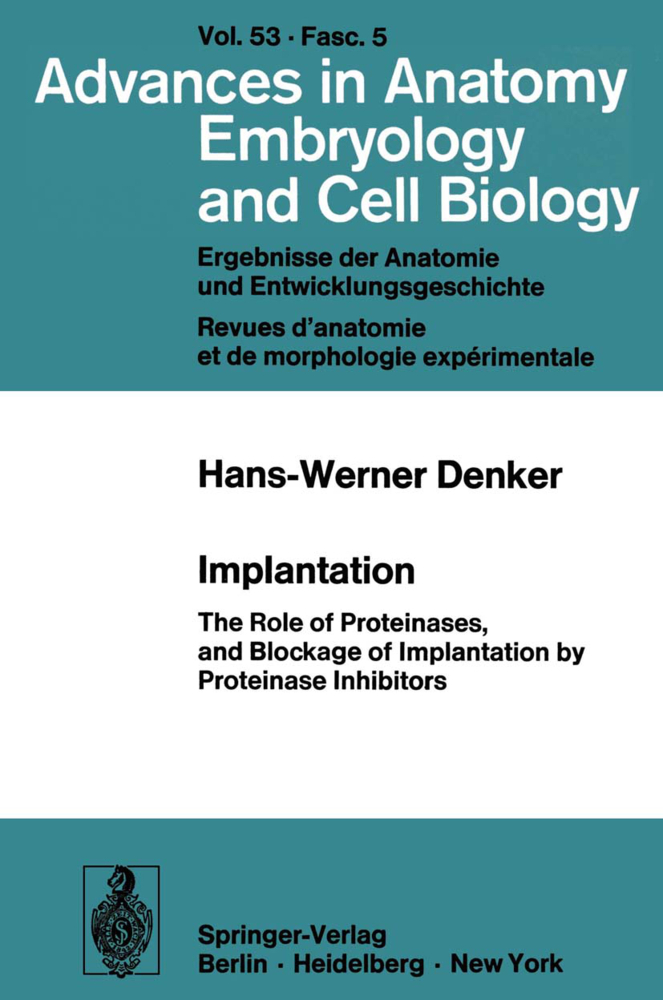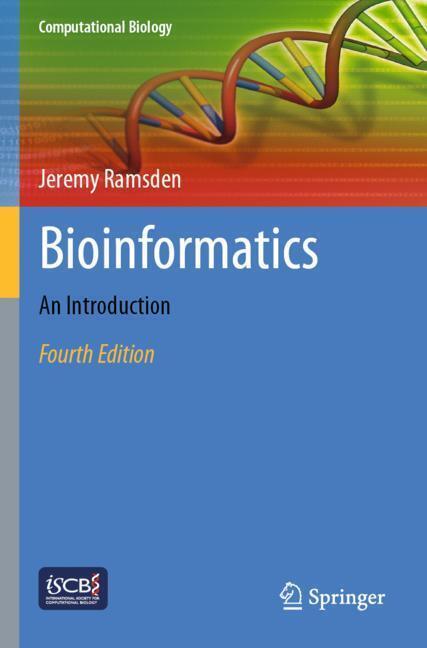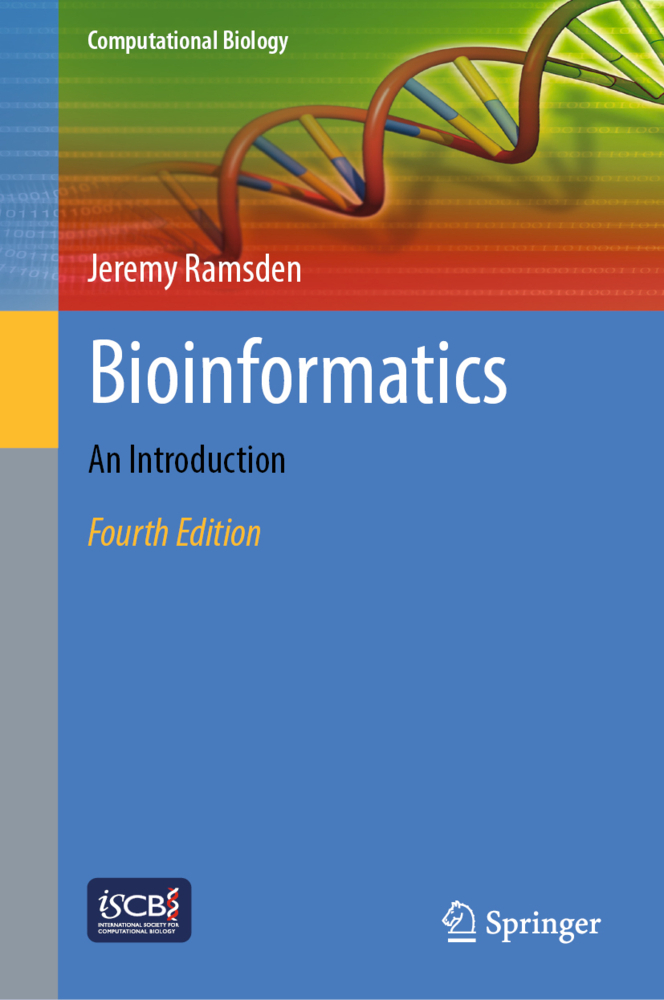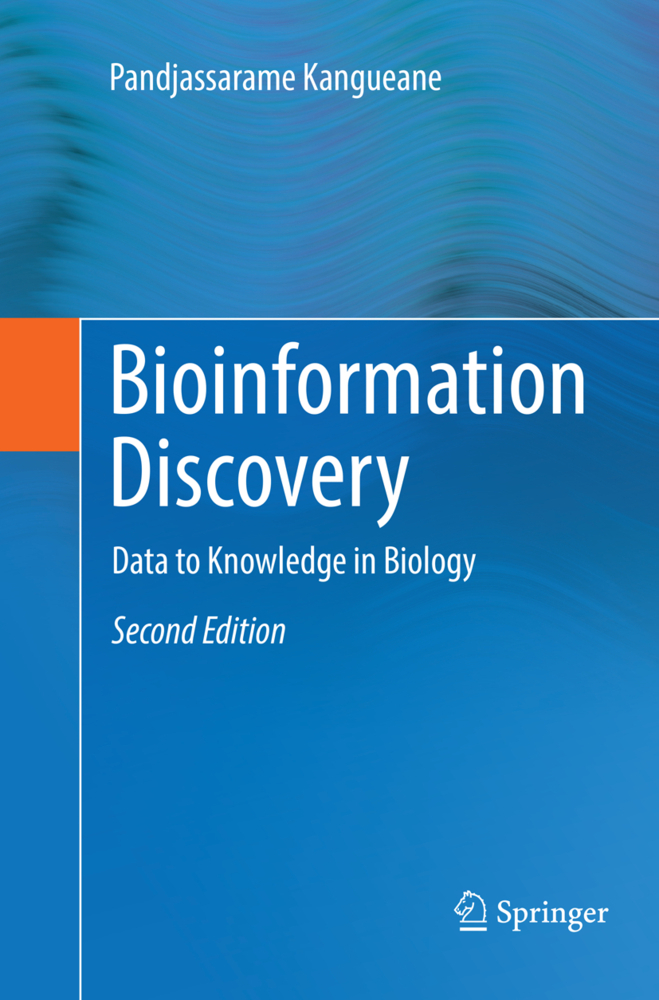Innovation in biotechnology that combine molecular biology, cell biology, microfabrication and bioinformatics are moving nucleic acid technologies from futuristic possibilities into common laboratory and clinical procedures. They have potential to revolutionize biomedical research and medicine. Three variants of RNA technologies are known, namely antisense oligonucleotides, RNA interference, and ribozymes. In spite of different mechanisms of action, all of them are united by the common principle: an antisense preparation works after binding with RNA-target by forming a duplex. Today all three approaches are intensively used in vivo. RNA mediated gene silencing is a powerful technology to downregulate the expression of targeted genes within the cell. Now RNA interference based therapeutics is to be released. This book provides a state-of-the-art review concerning the molecular basis as well as applications of RNA based technologies in molecular biology and medicine.
1;RNA Technologies and Their Applications;3 1.1;Preface;5 1.2;Contents;9 1.3;Contributors;11 1.4;The Key Features of RNA Silencing;17 1.4.1;1 Introduction;18 1.4.2;2 RNA Silencing Effector as a Two-Component System;21 1.4.3;3 Small RNA Biogenesis;22 1.4.3.1;3.1 miRNAs and siRNAs;22 1.4.3.2;3.2 Dicer-Independent Pathways;24 1.4.3.2.1;3.2.1 piRNAs;24 1.4.3.2.2;3.2.2 Secondary siRNAs in Worm;26 1.4.3.3;3.3 Endo-siRNAs;27 1.4.4;4 RISC Loading, Sorting, and Target-Sensing of Small RNAs;28 1.4.4.1;4.1 Sorting by Precursor Structures;30 1.4.4.2;4.2 Sorting by the 5 Ends;31 1.4.4.3;4.3 Sorting by Dicer Processing Polarity;31 1.4.4.4;4.4 Target-Sensing;32 1.4.5;5 Safeguards for RNA Silencing Pathways;33 1.4.6;6 Effector Modes of RNA Silencing Pathways;34 1.4.7;7 Regulations of RNA Silencing Pathways;35 1.4.7.1;7.1 Processing;35 1.4.7.2;7.2 Modification;37 1.4.7.3;7.3 RISC Activity;37 1.4.8;8 Perspective;38 1.4.9;References;39 1.5;Selected Strategies for the Delivery of siRNA In Vitro and In Vivo;45 1.5.1;1 Introduction;47 1.5.2;2 Mechanism of RNA Interference;48 1.5.3;3 Naked Delivery of siRNA In Vitro;48 1.5.3.1;3.1 Cellular Uptake of Naked Nucleic Acids;48 1.5.3.2;3.2 The Phosphorothioate-Stimulated Cellular Delivery of siRNA;50 1.5.3.3;3.3 The siRNA-Peptide Conjugate Approach;51 1.5.3.4;3.4 Intracellular Release of siRNA: A Major Hurdle;54 1.5.4;4 CPP-Mediated siRNA Delivery;55 1.5.4.1;4.1 Cell-Penetrating Peptides;55 1.5.4.2;4.2 Selected Examples of CPP-Mediated siRNA Delivery;57 1.5.5;5 Selected Examples of siRNA Delivery In Vivo;63 1.5.6;6 Conclusions and Future Prospects;66 1.5.7;References;67 1.6;RNAi Suppression and Its Application;75 1.6.1;1 RNA Interference;77 1.6.2;2 RNAi-Directed Viral Immunity;81 1.6.3;3 Identification and Function Characterization of Viral RNAi Suppressors;84 1.6.3.1;3.1 Agrobacterium-Mediated Transient Suppression Assay;85 1.6.3.2;3.2 Reversal of Transgene-Induced Gene Silencing;86 1.6.3.3;3.3 Grafting Assay;86 1.6.3.4;3.4 Replication Rescue of Mutant Viruses Defective in RNAi Suppression;86 1.6.4;4 Function Mechanism of Viral RNAi Suppressors;88 1.6.4.1;4.1 Viral Suppressors that Bind Viral dsRNA to Interfere with viRNA Biogenesis;89 1.6.4.2;4.2 Viral Suppressors that Target Virus-Derived siRNA for RNAi Suppression;91 1.6.4.3;4.3 Viral Suppressors that Target RNAi Effectors for Suppression;93 1.6.4.4;4.4 Viral Suppressors that Suppress Systemic RNAi;95 1.6.5;5 RNAi Suppressors of Nonviral Origin;96 1.6.5.1;5.1 Suppression of RNAi by Bacterial Pathogens;96 1.6.5.2;5.2 Cellular RNAi Suppressors;98 1.6.6;6 Biotechnological Application of RNAi Suppressors;99 1.6.6.1;6.1 Enhance Gene Expression for Rapid Function Analysis and Mass Production of Valuable Protein;99 1.6.6.2;6.2 Serve as Molecular Tools to Probe Various RNAi-Directed Functions;100 1.6.7;Appendix;101 1.6.8;References;103 1.7;Strategies to Prevent siRNA-Triggered Cellular Toxicity;109 1.7.1;1 Introduction;110 1.7.2;2 Cellular Sensors of siRNA-Triggered Innate Immune Response;112 1.7.2.1;2.1 TLR-Mediated Innate Immunity;113 1.7.2.2;2.2 Non-TLR-Mediated Innate Immunity;113 1.7.3;3 Cellular Sequels After siRNA-Triggered Innate Immune System Activation;114 1.7.4;4 Overcoming Synthetic siRNA-Triggered Innate Immune Response;115 1.7.5;5 Overcoming shRNA-Triggered Innate Immune Response;116 1.7.6;6 shRNA-Mediated Disruption of the Endogenous miRNA Machinery;118 1.7.7;7 Conclusions;119 1.7.8;References;119 1.8;RNAi in Malignant Brain Tumors: Relevance to Molecular and Translational Research;123 1.8.1;1 Introduction;124 1.8.1.1;1.1 Diagnostic Characteristics of Diffuse Astrocytic Tumor;124 1.8.1.2;1.2 Clinical Course;125 1.8.1.2.1;1.2.1 Symptoms;125 1.8.1.2.2;1.2.2 Prognosis;126 1.8.1.3;1.3 Obstacles in Treatment of Diffuse Astrocytic Tumors;126 1.8.2;2 RNAi for Glioma: from Bench to Clinic;127 1.8.2.1;2.1 Preclinical Studies;128 1.8.2.2;2.2 Target Genes for Silencing;129 1.8.2.3;2.3 Problems in Clinical Translation;130 1.8.2.3.1;2.3.1 Specificity;131 1.
Erdmann, Volker A.
Barciszewski, Jan
| ISBN | 9783642121685 |
|---|---|
| Artikelnummer | 9783642121685 |
| Medientyp | E-Book - PDF |
| Auflage | 2. Aufl. |
| Copyrightjahr | 2010 |
| Verlag | Springer-Verlag |
| Umfang | 452 Seiten |
| Sprache | Englisch |
| Kopierschutz | Digitales Wasserzeichen |

